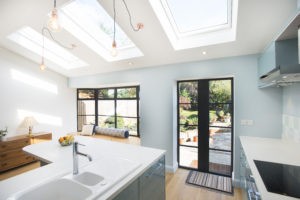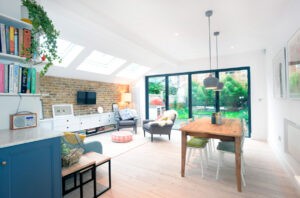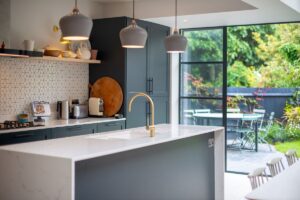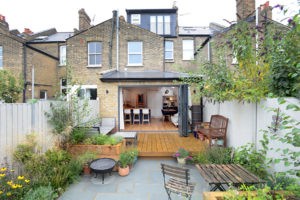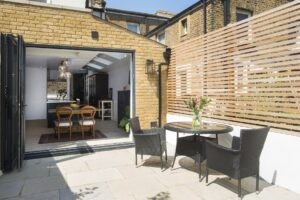Loft conversions are a remarkable way to breathe new life into the often-overlooked space above our heads. Once a storage space for forgotten items, your loft space can be transformed into a functional and stylish living space that enhances your home’s value and quality of life.
This comprehensive guide we’ll take you through every step of the loft conversion process, from initial planning and design to practical considerations and increasing your home’s value. Whether you envision a large master bedroom suite, a new home office, or a cosy playroom, your loft holds the key to realising your dream living space.
We begin with the cornerstone of loft conversion success: planning. At its heart, loft conversion planning is about setting clear objectives, understanding the financial implications, and navigating planning. What do you aim to achieve with this transformation? Do you need an additional bedroom, a spacious home office, or a playroom for your growing family? By setting clear and specific objectives, you’ll guide your project and ensure every design decision aligns with your ultimate goals.
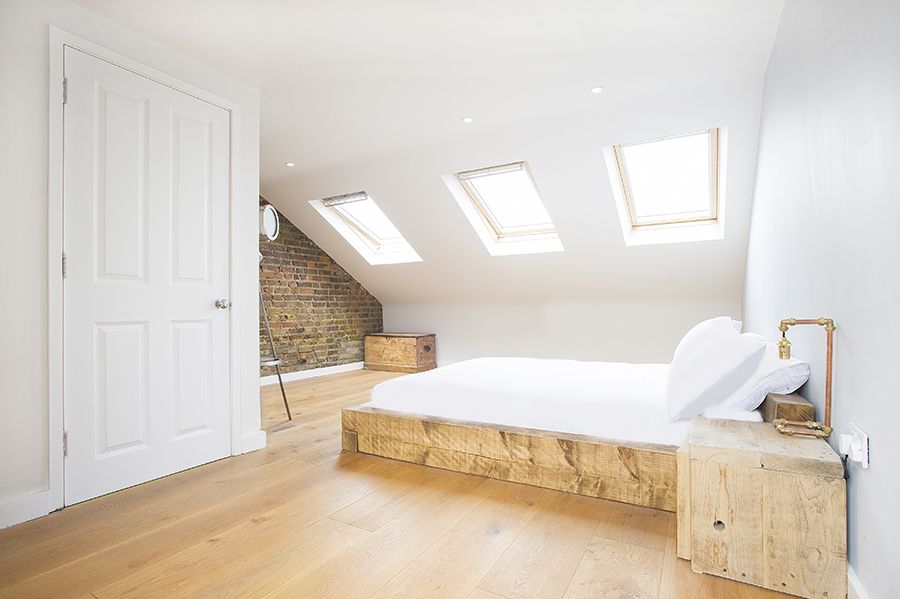
Loft Conversion Planning
Establishing a realistic budget is another critical step in loft conversion planning. This budget should encompass all aspects of the project, from structural modifications to interior finishes. It’s also advisable to allocate a contingency fund for unforeseen expenses. Consider obtaining quotations from multiple contractors and professionals to understand better the costs involved. Remember a well-thought-out budget is your compass, ensuring your loft conversion stays on track financially.
Local building regulations are essential considerations in your loft conversion journey. These regulations can dictate various aspects of your project, such as egress requirements, fire safety measures, and energy efficiency standards. Non-compliance can lead to costly delays and legal issues, making it imperative to familiarise yourself with the specific regulations in your area. Consulting with a local building authority or hiring a professional well-versed in local building regulations can help you navigate this aspect effectively.
Not all lofts are created equal, and some may present unique challenges that affect their suitability for conversion. Factors such as ceiling height, structural integrity, and the presence of load-bearing walls can impact the feasibility of your project. It’s highly recommended to enlist the expertise of a structural engineer or architect to assess your attic’s potential and identify any necessary modifications. By addressing these issues upfront, you can avoid costly surprises during construction.
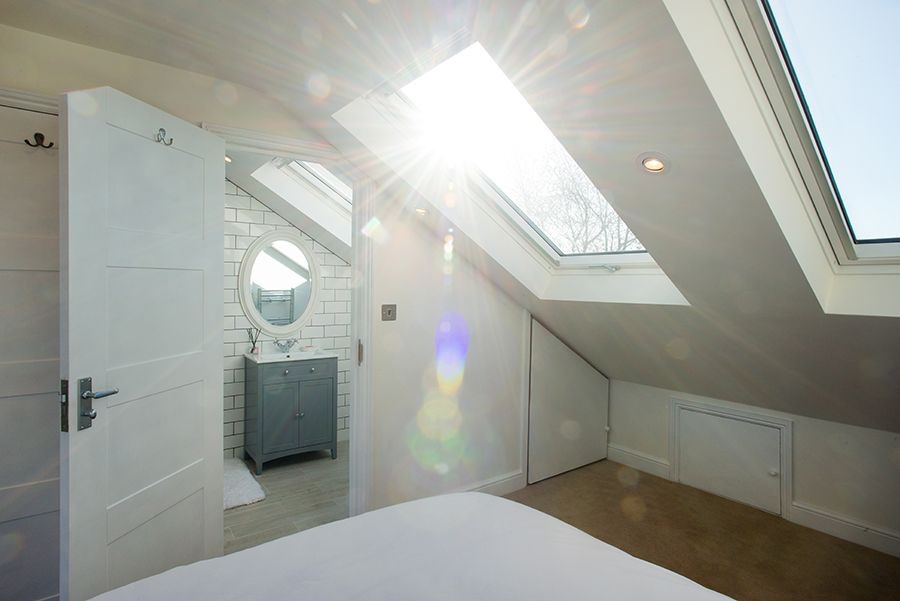
Designing Your Dream Loft Conversion
With a solid plan, it’s time to unleash your creativity during the design phase. Consider the flow of the space, the placement of key elements, and the functionality of each area. Imagine how you’ll move through the loft, how natural light will filter in, and how the layout enhances your daily life.
Natural light is a prized asset in any loft conversion, often in limited supply due to the attic’s unique structure. Maximising this natural resource is paramount to creating a bright and inviting atmosphere. Consider strategically placed windows, roof lights, or light wells to usher in sunlight. Skylights can be transformative, filling your loft with a soft, diffused glow. When designing your loft, think about the path of the sun throughout the day and position your windows accordingly to make the most of daylight.
Loft spaces are often unique in shape and structure, challenging and inspiring your design. The key is to optimise the use of space by making every square inch count. Consider built-in storage solutions that seamlessly blend into the design while keeping clutter at bay. Custom-made furniture can be tailored to fit into nooks and crannies, ensuring a snug and efficient layout.
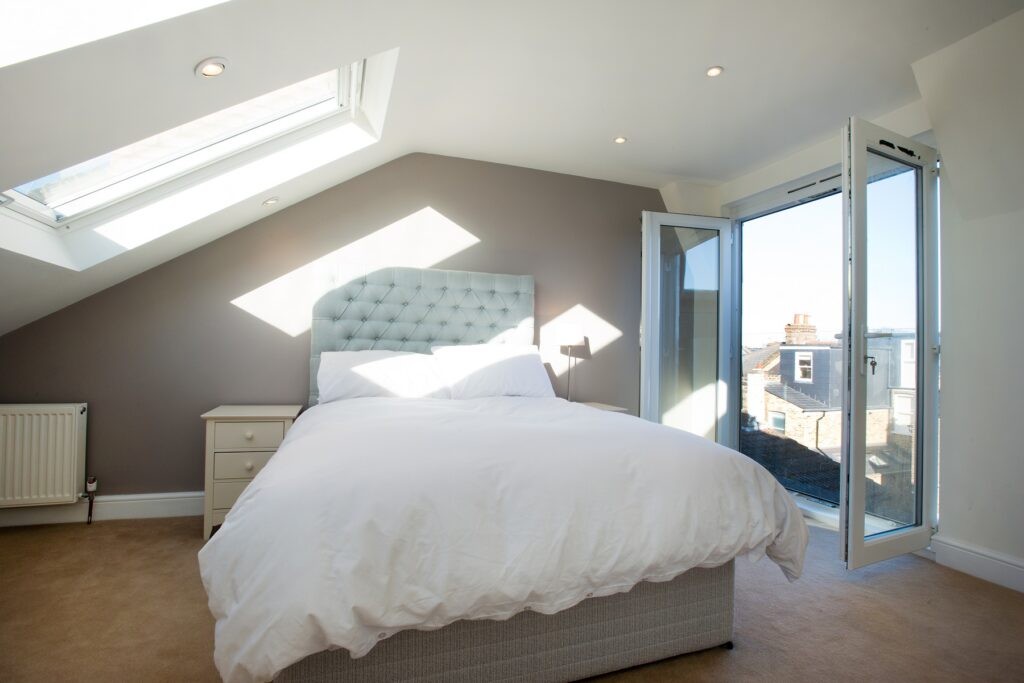
Practical Considerations: Insulation and More
Loft conversions demand attention to practical aspects, including insulation and ventilation. Your converted loft should maintain a comfortable temperature and energy efficiency. One of the foremost practical considerations in a loft conversion is maintaining comfortable temperatures year-round. Loft spaces can be particularly susceptible to temperature fluctuations due to their unique position in the home. Adequate insulation is the key to regulating temperature and ensuring that your loft remains cosy in winter and cool in summer.
Selecting suitable insulation materials and methods is pivotal to your loft’s thermal performance. Various options are available, each with its own set of advantages and considerations. The choice of insulation material should align with your loft’s design, budget, and climate considerations. Additionally, proper installation is crucial to ensure that insulation performs at its best.
Fibreglass rolls are widely used for their affordability and effectiveness. They are easy to install between rafters and offer good thermal resistance. However, they require careful handling due to the potential for skin irritation from the fine glass fibres.
Ventilation is another vital component in your loft conversion project. Proper ventilation enhances indoor air quality and prevents issues such as condensation and mould growth, which can be common in loft spaces. Roof vents, ridge vents, and soffit vents work harmoniously to create a continuous airflow that allows moisture to escape and fresh air to circulate. A well-ventilated loft helps maintain a healthy living environment and protects against potential issues that can compromise the longevity of your conversion.
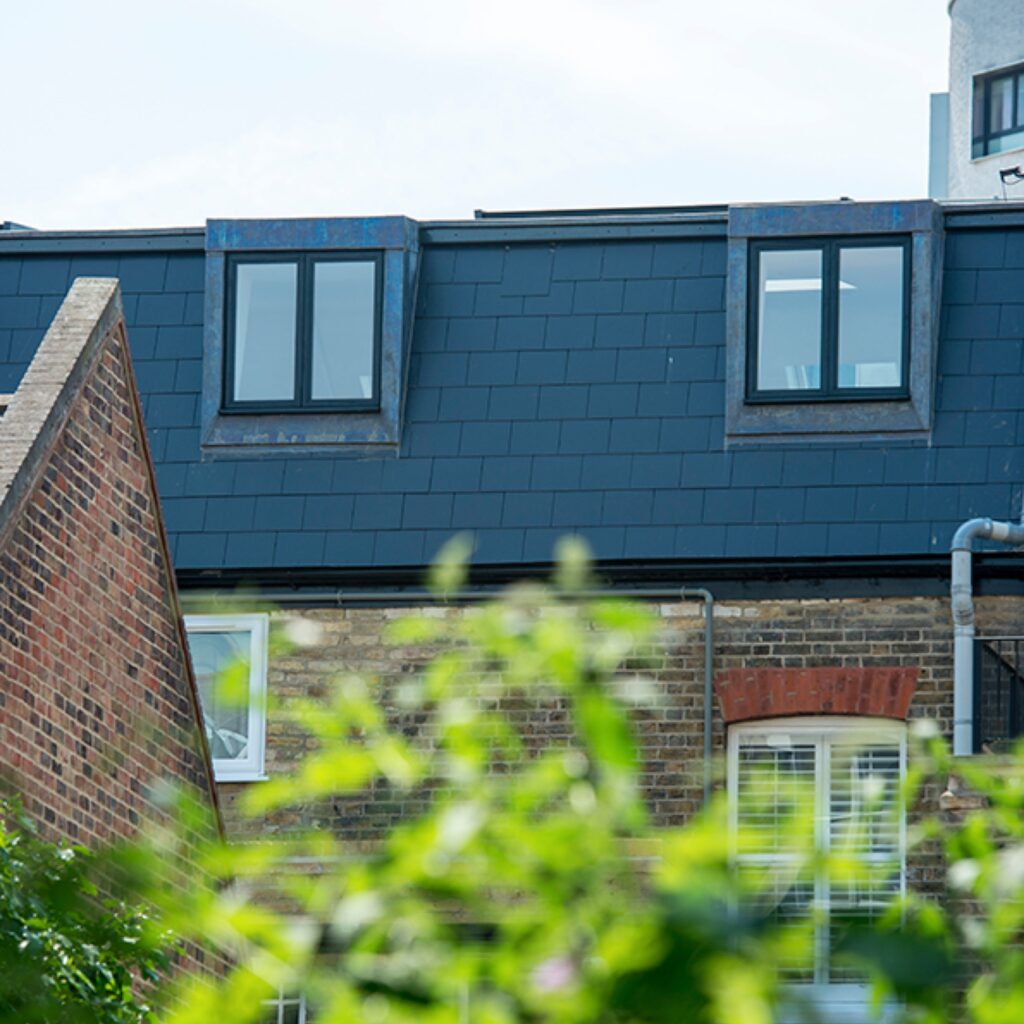
Adding Value to Your Home
A well-executed loft conversion can significantly enhance your home’s market value and appeal. ROI is critical for any home improvement project, including loft conversions. It quantifies the financial return you can expect to receive based on the investment you make in your home. In simpler terms, it answers the question: Will the money you spend on your loft conversion translate into an increase in your home’s value?
Several factors contribute to a loft conversion’s ROI, including the work’s quality, the materials used, and the local property market. This additional space can be a strong selling point, especially in competitive housing markets. While ROI can vary based on these factors and your location, loft conversions generally offer a favourable return, often exceeding the initial investment.
If your loft conversion includes a bedroom, it can significantly increase your home’s appeal to potential buyers. Extra bedrooms are a sought-after feature, especially for families or those looking to accommodate guests. Additionally, a well-designed home office space can be an asset in the age of remote work and entrepreneurship. A functional home office can attract buyers who prioritise work-from-home options.
Loft conversions prioritising energy-efficient features, such as insulation, efficient windows, and eco-friendly materials, can lower utility bills. Savvy buyers often appreciate the long-term cost savings associated with energy-efficient homes.


